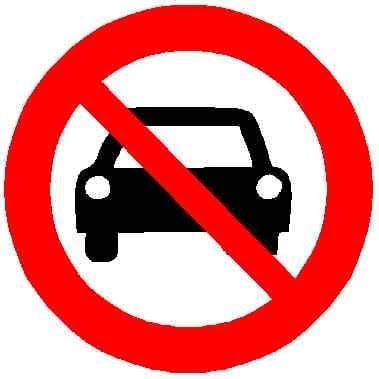

I’m hopeful. This measure forces visibility of progress and allows any regular citizen to sue the city if they try to weasel out. I can’t imagine a city politician taking a position of “we’re going to fight this ridiculous lawsuit about not installing a wider sidewalk for as long as it takes.” That’s a real bad look, especially given this measure passed 65% for, 35% against. It would be political suicide.





I hike with a FT60 too; it’s simple and robust. It’ll handle San Bruno mountain except for right along the top ridgeline. Walking 20 meters downhill will let it work again. That mountain is just a crazy bubble of RF.
I use two techniques to figure out if the handheld I’m carrying will work. First, if the S meter reads at S9 but the squelch isn’t opening, then it’s overloaded. The second is to call into a clearly viable and local repeater. Failing to open the repeater is a pretty good sign of overload.